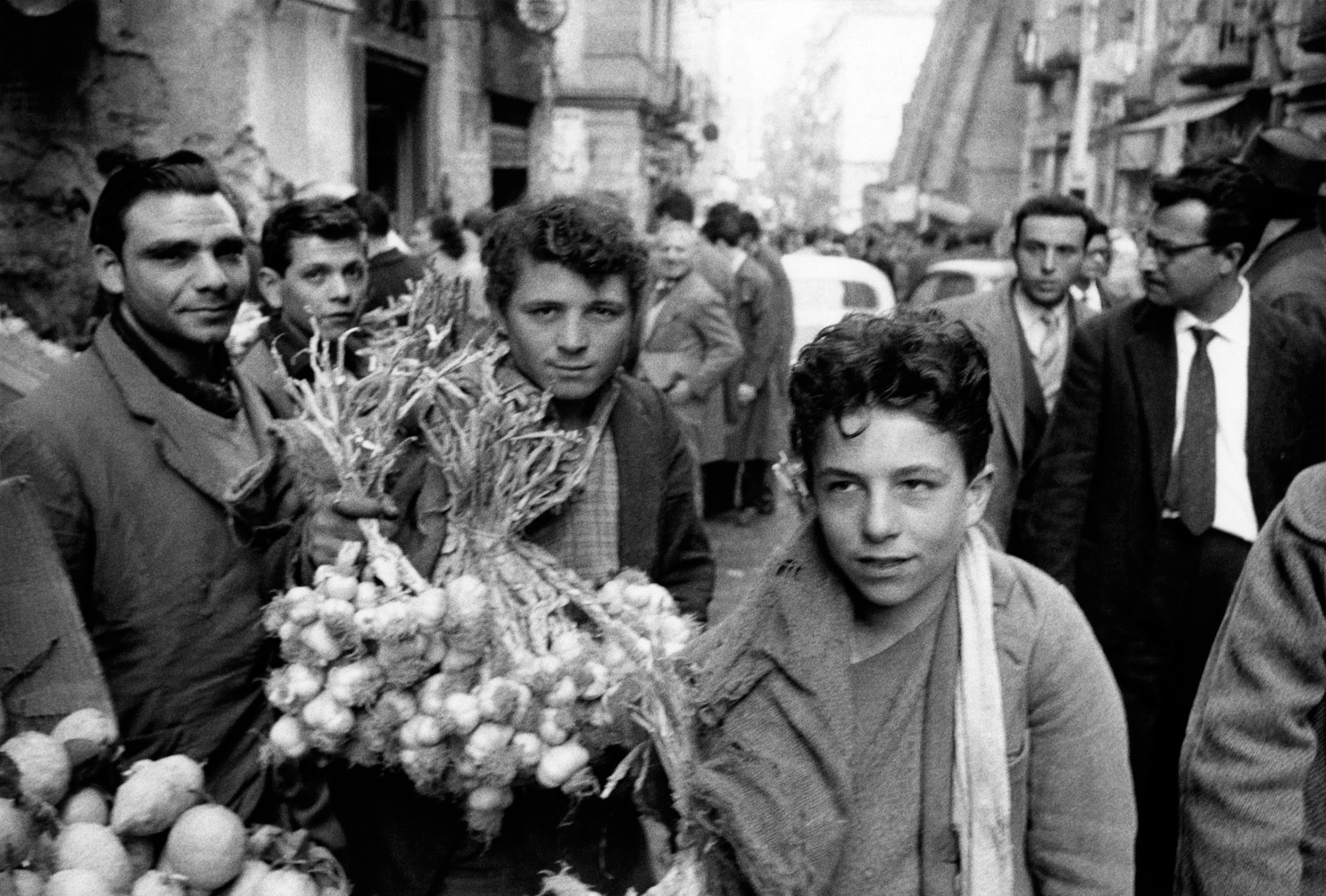
Correction appended, Sept. 8
In the three years since My Brilliant Friend was first published in English, Elena Ferrante’s Neapolitan novels have wooed many readers with their forceful elegance and unusual perspective on friendship. But, while the relationship between protagonists Elena and Lila is the story’s heart, there’s another character exerting a strong influence on their lives: the city of Naples, which is portrayed in gritty detail throughout the novels. When My Brilliant Friend begins, Elena and Lila are primary school students, born near the end of World War II and growing up there in the 1950s and ’60s. Though Elena escapes to a better life in other cities in the subsequent books, The Story of a New Name and Those Who Leave and Those Who Stay, Naples maintains a gravitational pull on her. In The Story of the Lost Child—the series’ final installment, out Tuesday in the U.S.—she finally returns to her hometown, where life is as turbulent as ever.
While Elena and Lila have their ups and downs, Naples is consistently depicted as a place of violence, poverty and social unrest. And, in large part, that’s for good reason: though Ferrante’s characters are fictional, her Naples is based on truth.
The 20th-century history of Naples was a particularly hard one, explains Rutgers University Associate Professor Paola Gambarota, who is writing a book about the city, and the devastation experienced during the war set it up to be a place of remarkable deprivation and struggle. Naples was bombed more than 100 times during World War II, and when the Germans prepared to evacuate the city before the Allies landed in 1943, “Nazis destroyed the whole port,” she says, “because they knew that this would be the main port of operation for the Allies.” When troops arrived, the water, gas and electricity systems had all been destroyed. Because the shipping system had been paralyzed, citizens were at first guaranteed only 100 calories-worth of food per day by the Allies. The destruction was so great, Gambarota says, “Maybe only Berlin in 1945 can be compared.”
While the Allied forces quickly restored the city’s infrastructure, problems remained: The black market was a powerful force in the port city, and as much as a third of the goods imported by the Allies were stolen and sold illegally. While wealthier Neapolitans had been able to flee to safer areas, like Sorrento or Capri, the poor and the petit bourgeoisie stayed behind to suffer the consequences, though some also benefited from the black market, like the Solara family in Ferrante’s novels.
The city had already been poor before the war—little was invested in the South when Italian Unification began a century earlier—but afterward, Gambarota says, “the socioeconomic situation in Naples…was worse than anywhere else.” Education was a luxury. While it was possible to be lucky like Elena and go on to advanced schooling, many children went the way of Lila, dropping out at a young age in order to earn money for their families. Nevertheless, as the daughter of a shoemaker, Lila would not have been truly impoverished by the city’s standards. “Poverty there [in the ’50s] meant you lived seven people to one room, and that there was nothing to eat. People with no shoes,” Gambarota says. “It’s not the poverty that we know here.”
Domestic violence, which many women experience in the books, “was a daily thing,” she says. This is thanks in part to the fact that until 1975, she says, wives basically had the same legal rights as children. Outside the home, violence was just as bad; Gambarota, who was born in nearby Avellino but moved with her family to Naples while she was still young, remarks that while the Neapolitan culture is rich, “it’s a tough town,” and even more so in the areas surrounding the city center, like Lila and Elena’s neighborhood.
American readers of Ferrante’s work (translated to English by Ann Goldstein) may also wonder about the sections where a character is said to have spoken “in dialect” rather than in proper Italian. Ferrante also uses that in dialetto designator in her original text, says New York University Assistant Professor of Italian Studies Rebecca Falkoff, with only a few exceptions in which dialect words are written out. The split between those who speak mostly Italian and those who speak mostly Neapolitan is one more indicator of the true difficulties of life in Ferrante’s Naples, in which less educated people have trouble communicating with the rest of the world. Even today, Falkoff says, though spoken Italian is widely understood, “for a native speaker of dialect who did not complete secondary schooling and had little experience beyond his or her local community, it might be very difficult to produce grammatically correct standard Italian.”
And to all the practical commonalities between Ferrante’s Naples and the real Naples, Gambarota adds one more intangible similarity: a certain longing to escape, especially among women. “In order to evade that daily violence, that daily force that you were subjected to—and there are some small things but really very difficult things—you just have to go away,” she says. “And this has happened to so many of us. You just have to get away. You just have, at a certain point, a feeling that there is nothing that you can change. And that’s another unchangeable thing in Naples.”
How to be a "Lady Author," 1969


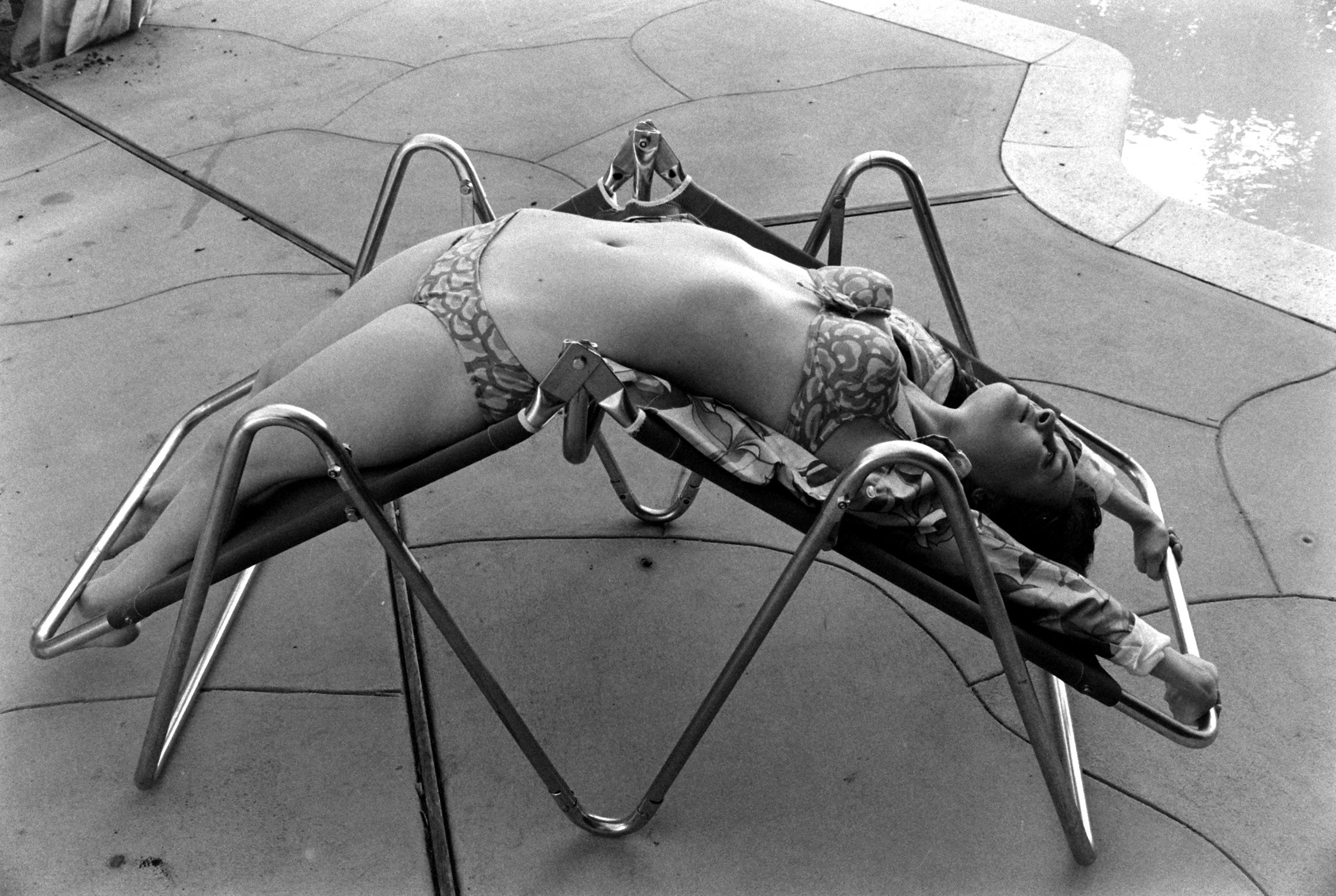








Correction: An earlier version of this article incorrectly identified the distribution of food during Allied occupation of Naples. The citizens of the city were only guaranteed 100 calories per day by the Allied Forces.
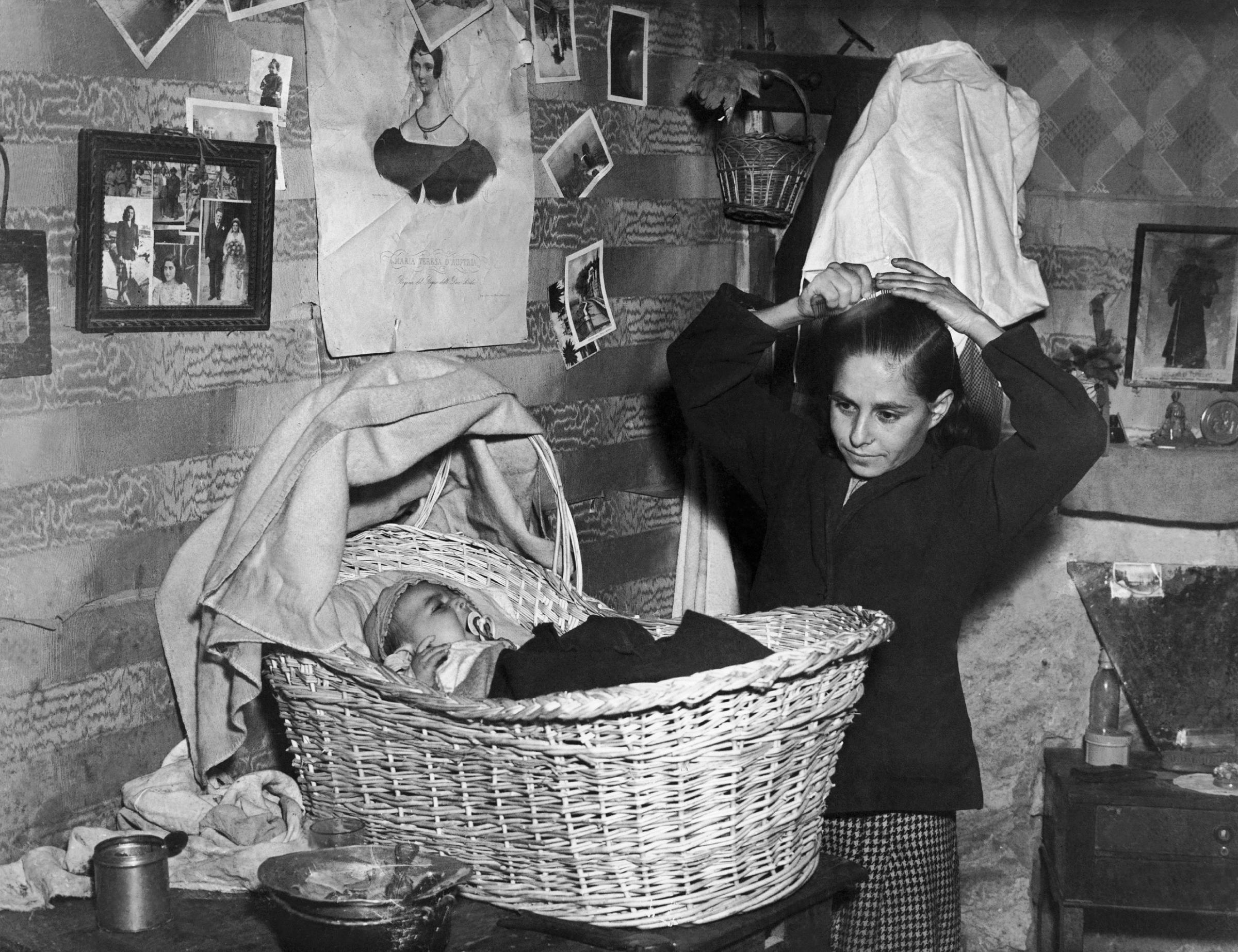
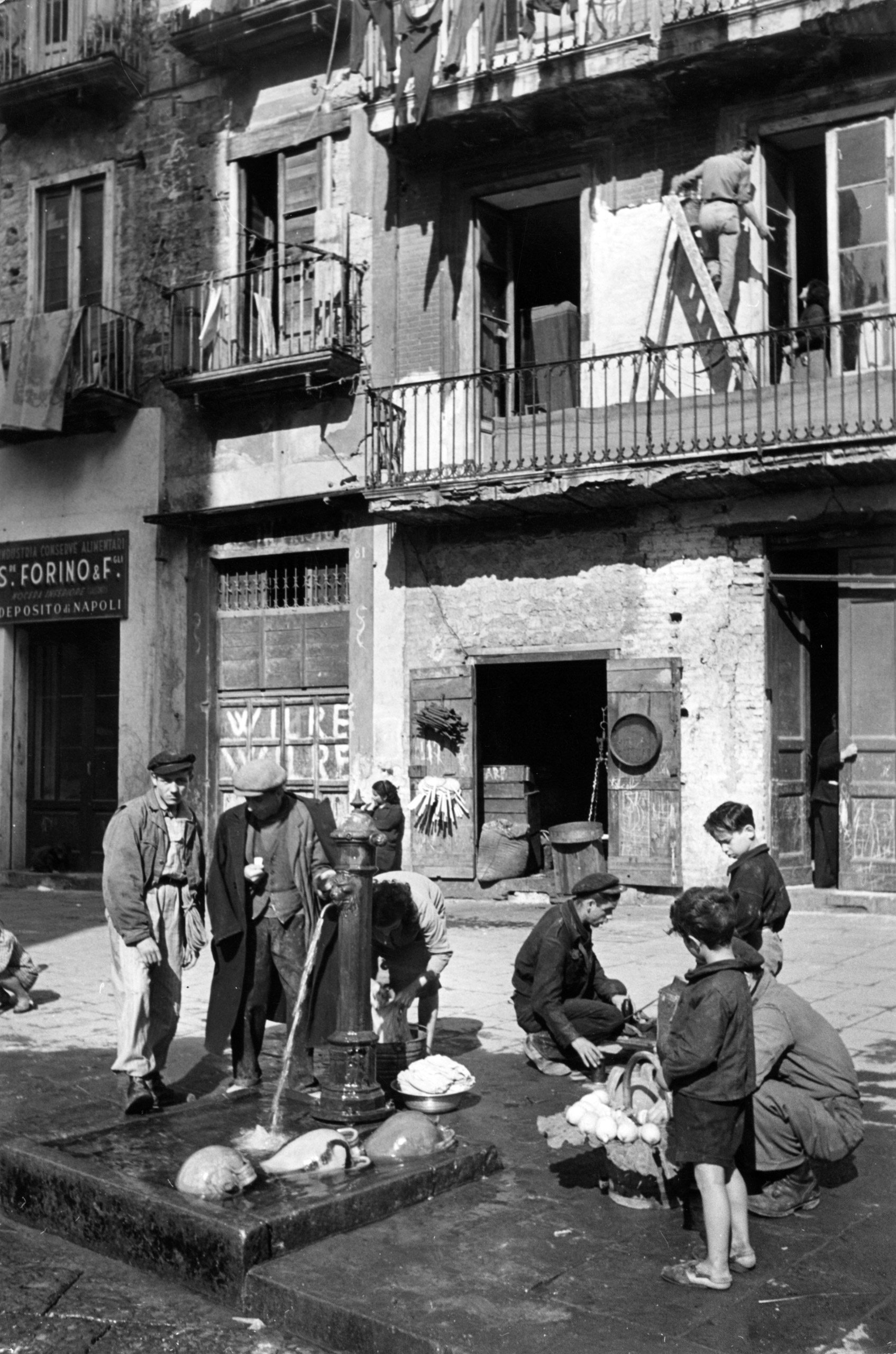
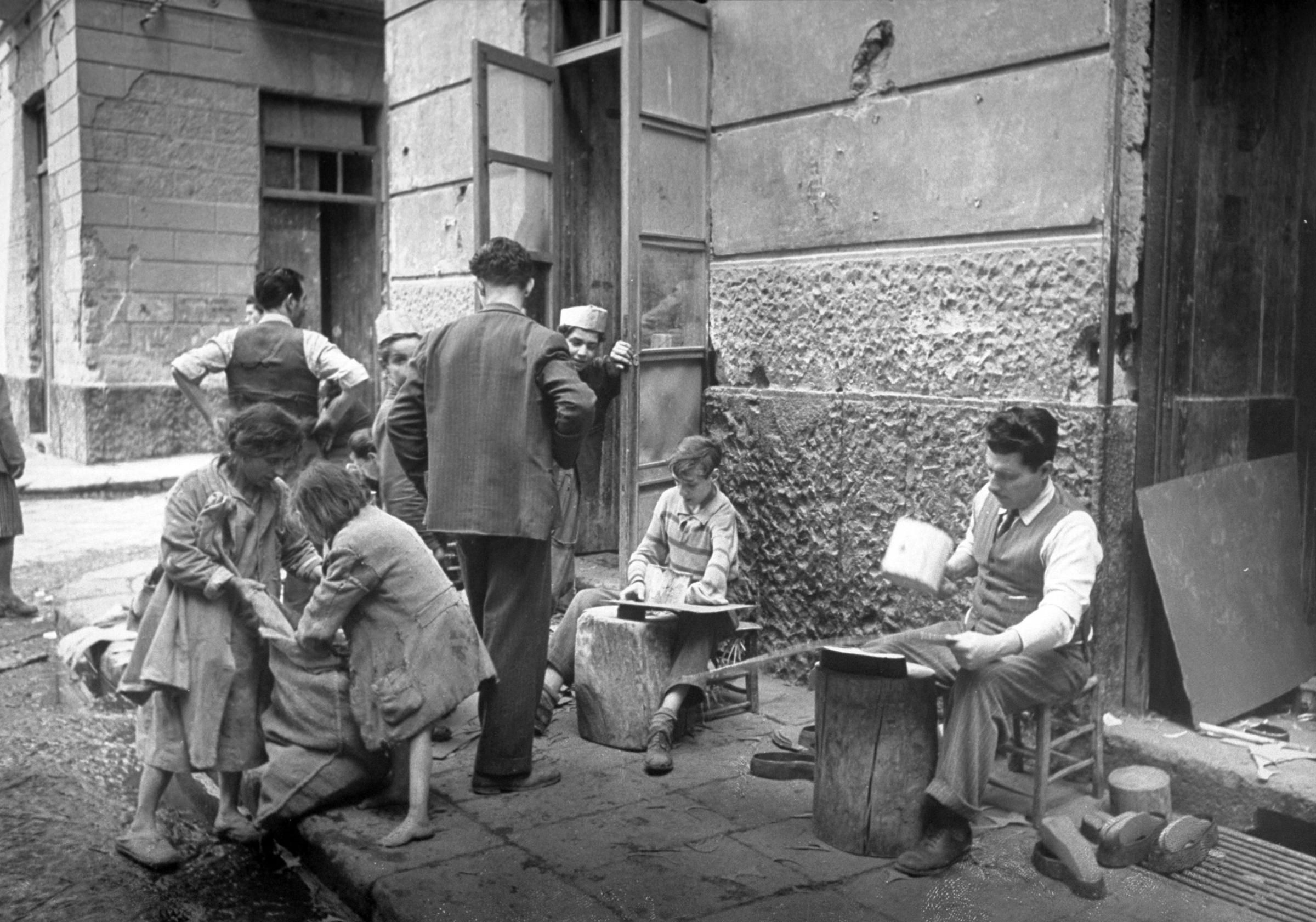
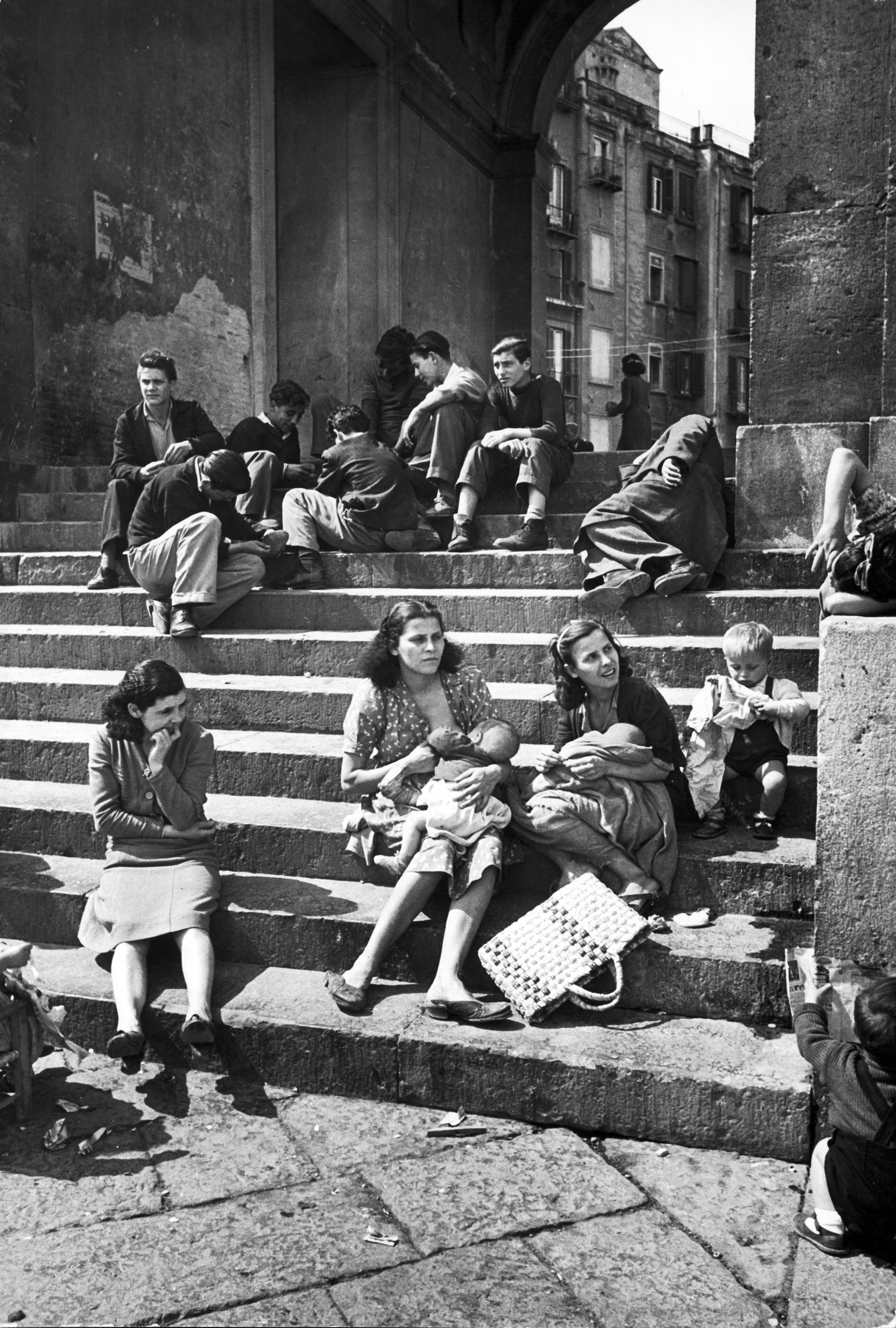
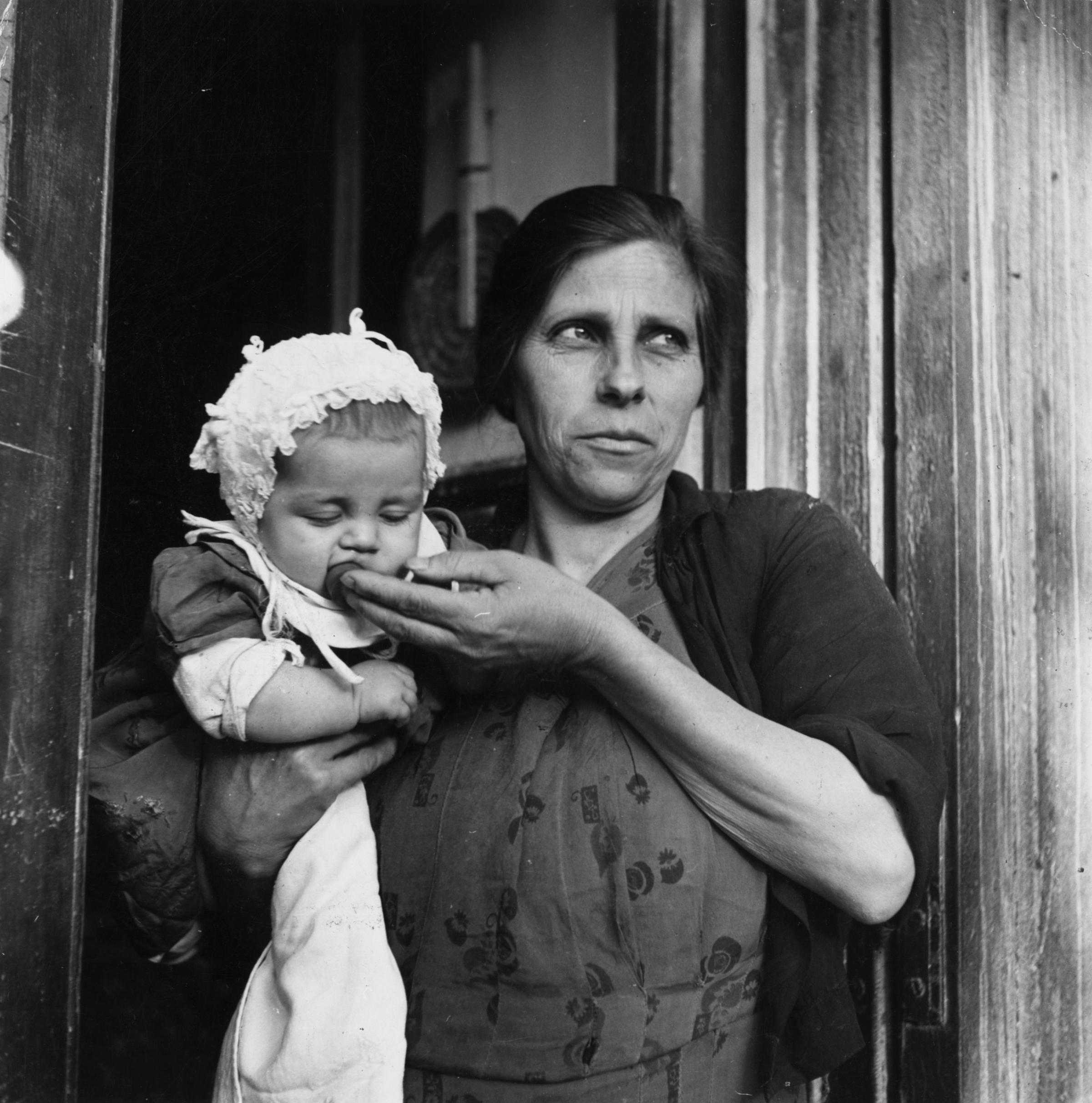
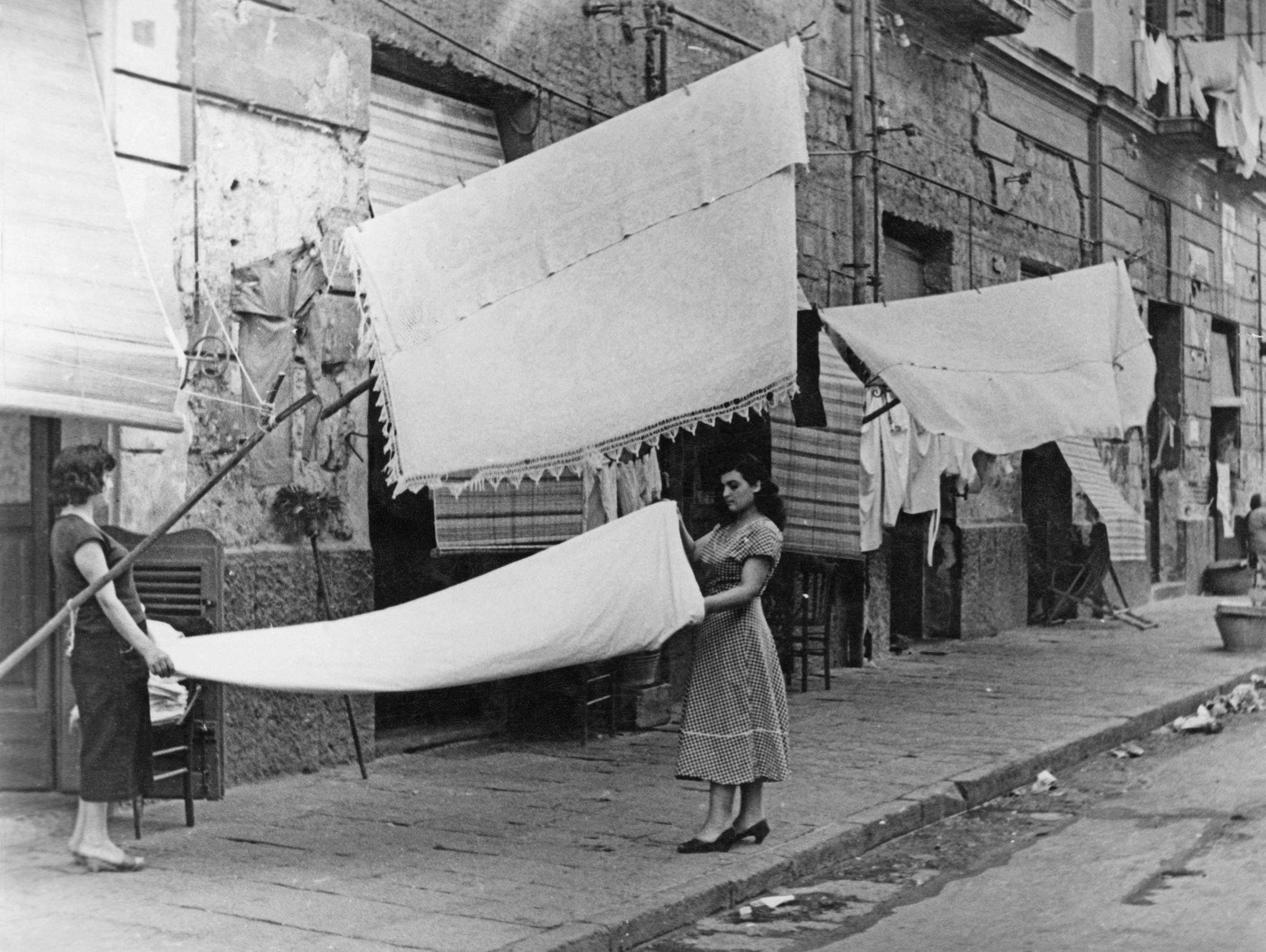
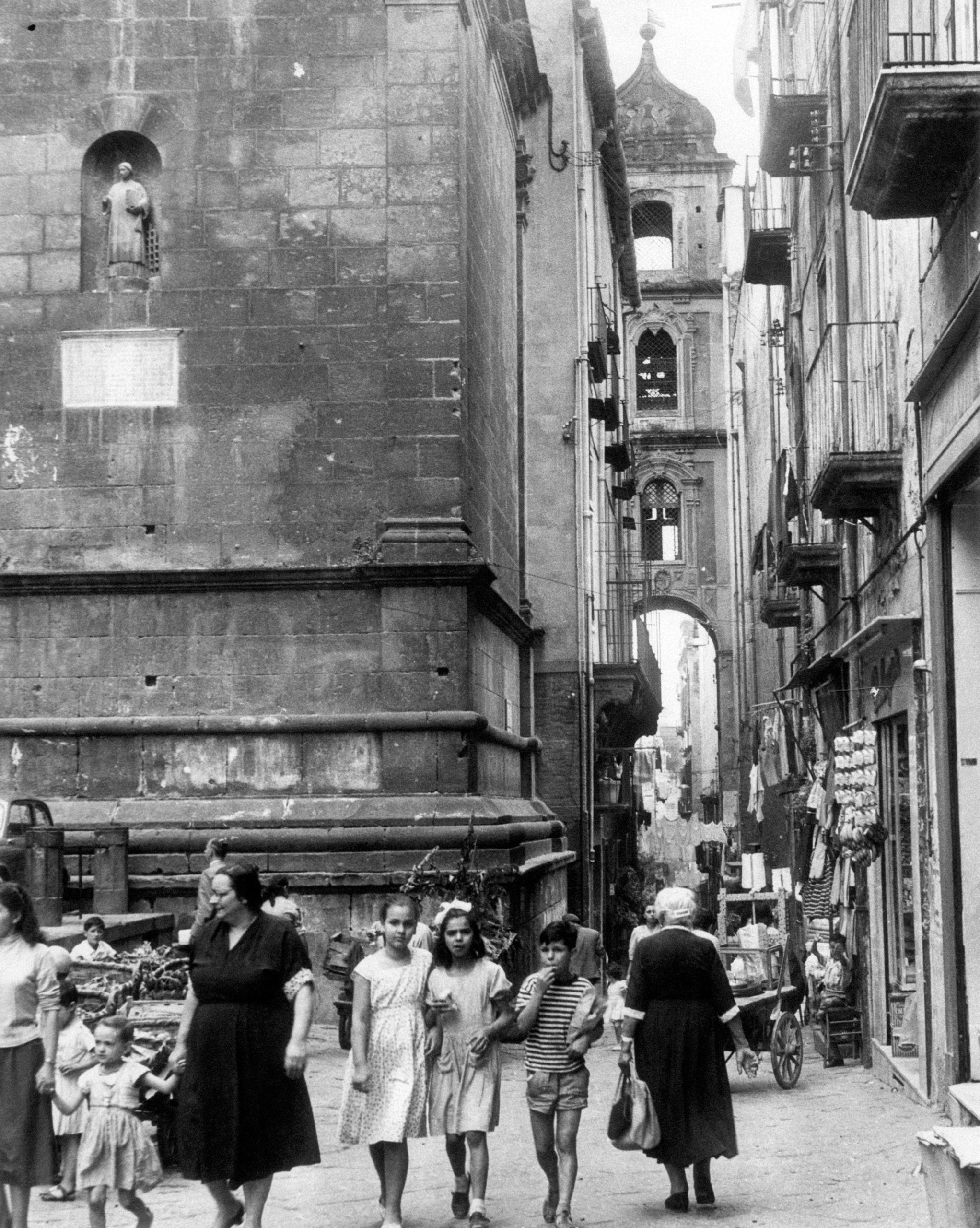
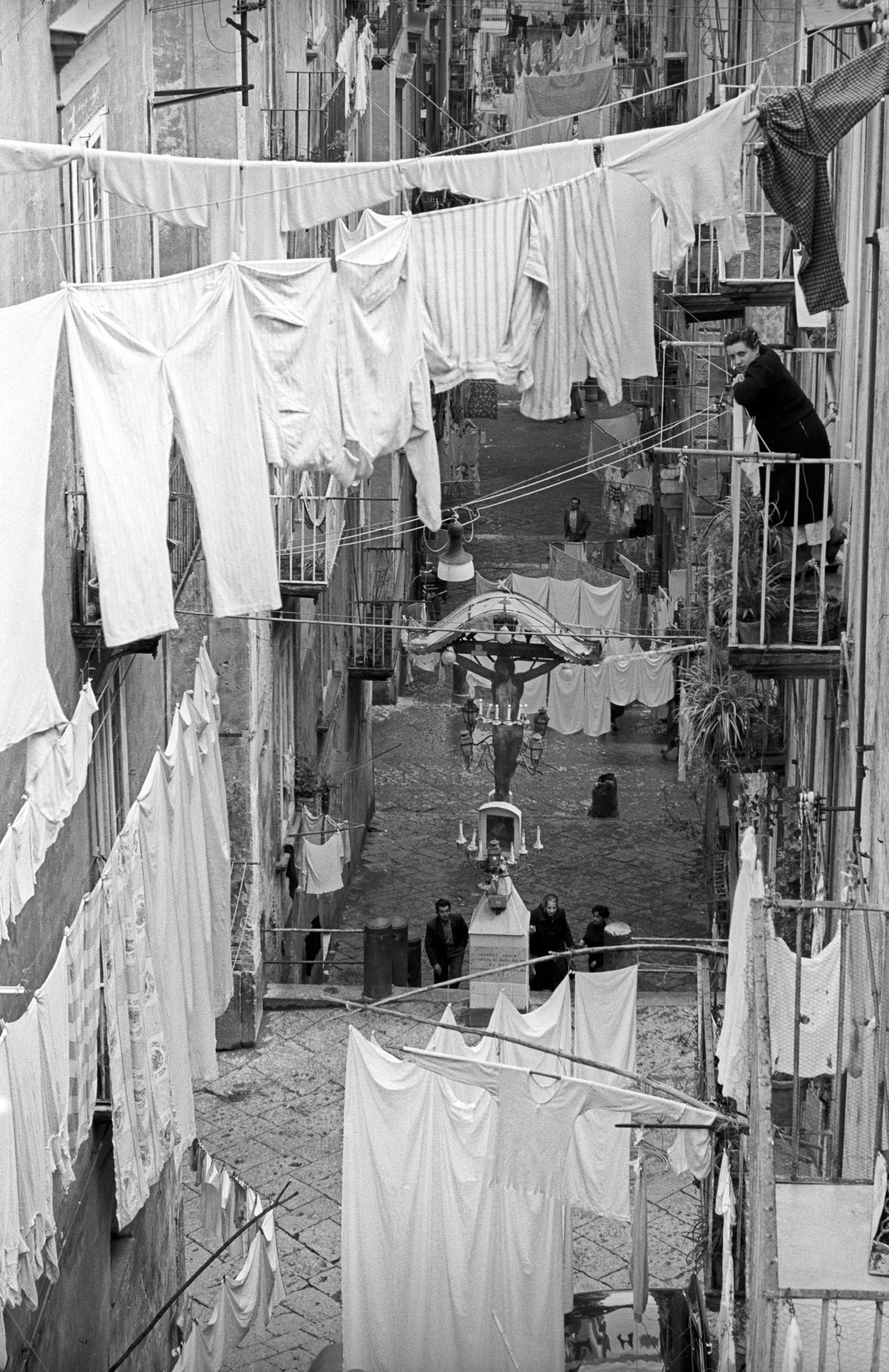
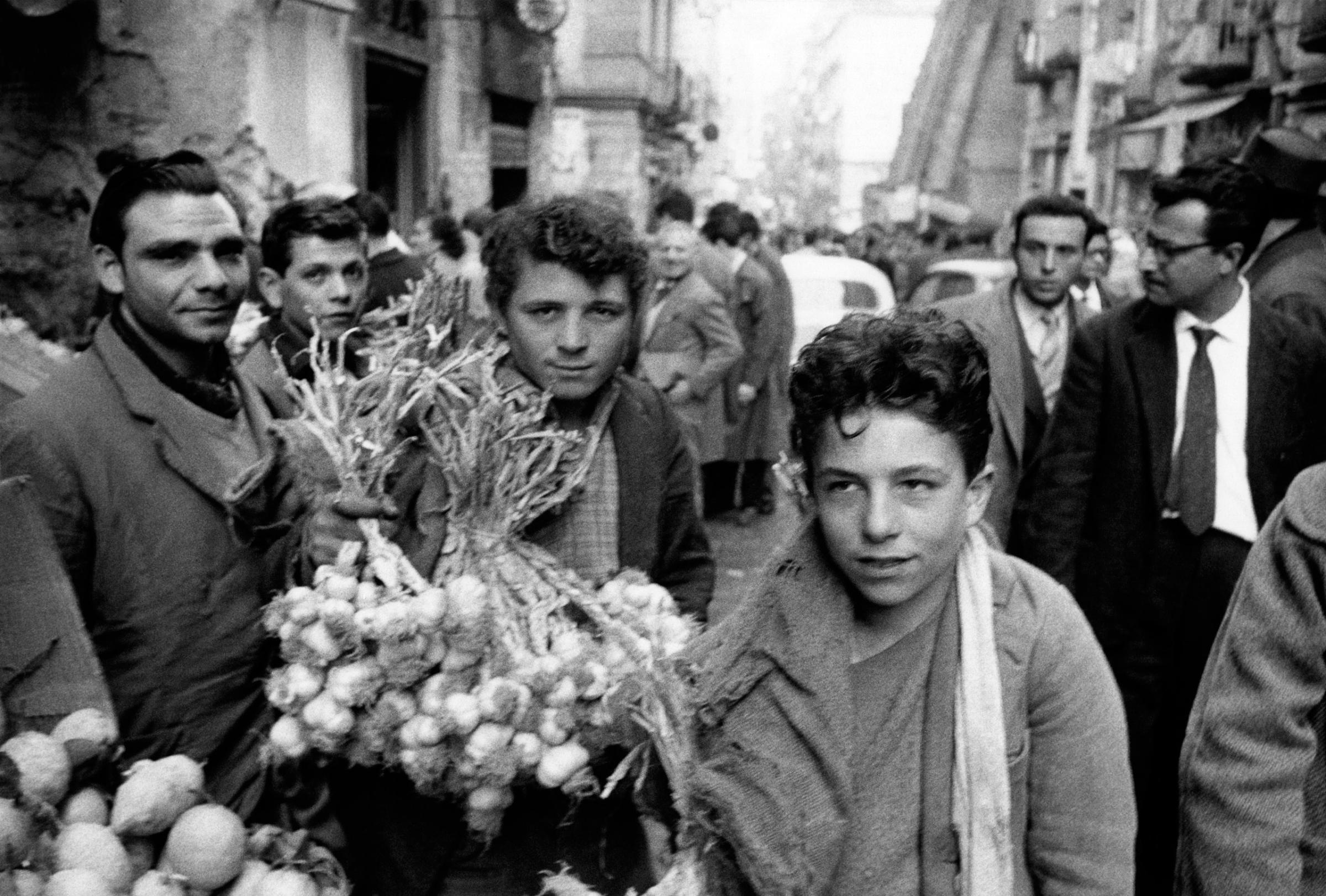
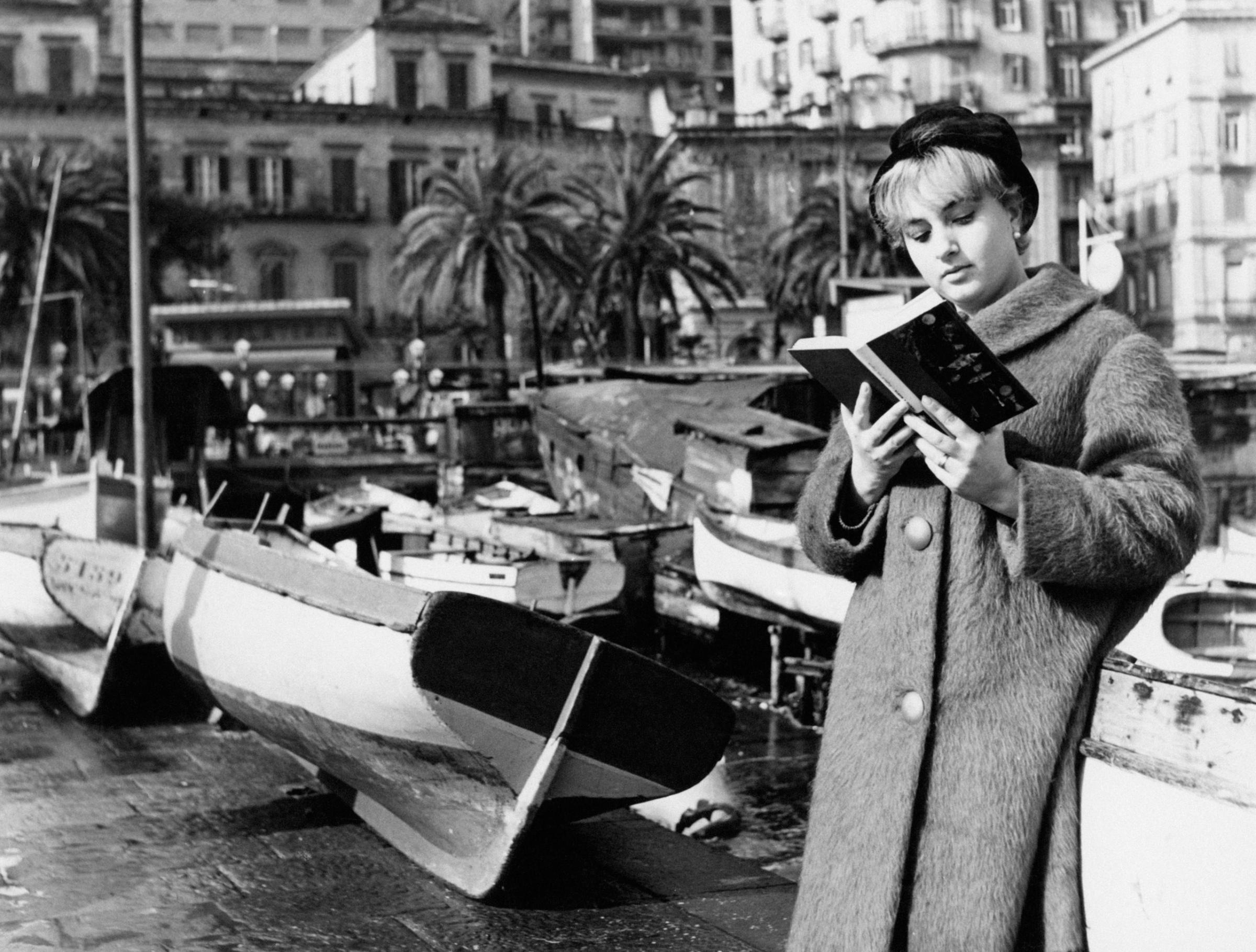
More Must-Reads From TIME
- Dua Lipa Manifested All of This
- Exclusive: Google Workers Revolt Over $1.2 Billion Contract With Israel
- Stop Looking for Your Forever Home
- The Sympathizer Counters 50 Years of Hollywood Vietnam War Narratives
- The Bliss of Seeing the Eclipse From Cleveland
- Hormonal Birth Control Doesn’t Deserve Its Bad Reputation
- The Best TV Shows to Watch on Peacock
- Want Weekly Recs on What to Watch, Read, and More? Sign Up for Worth Your Time
Contact us at letters@time.com